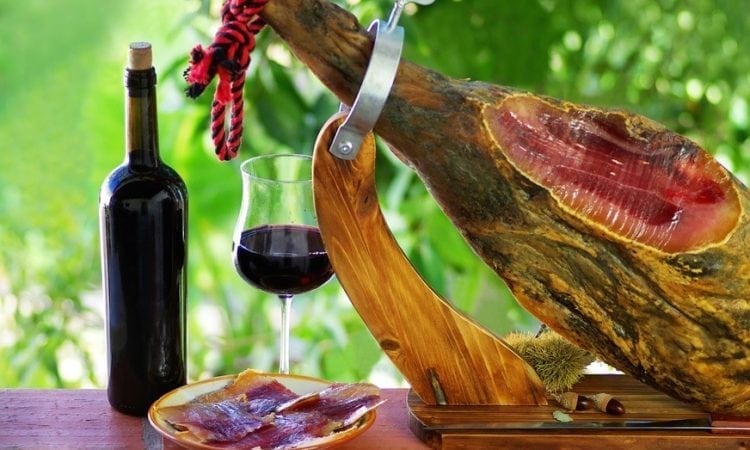Spanish ham, or jamón, is cherished in the heart of Spanish gastronomy. Spanish ham is a true culinary jewel, renowned worldwide for its exquisite flavor, melt-in-your-mouth texture, and centuries-old tradition. This article delves into the fascinating history, cultural importance, and different qualities of Spanish ham, exploring what makes it so exceptional.
A History Rooted in Tradition:
The history of Spanish ham dates back to ancient times. The practice of preserving and curing pork can be traced to the Iberian Peninsula’s pre-Roman era. Over the centuries, the art of ham production evolved, blending influences from the Phoenicians, Romans, and Moors. This historical legacy has shaped the techniques, flavors, and appreciation for the Spanish ham we witness today.
The Importance of Spanish Ham:
Spanish ham holds a central place in Spanish culture and cuisine. It is a staple at family gatherings, celebrations, and traditional feasts. Spaniards take great pride in their ham, considering it a symbol of their national identity. In addition, Spanish ham plays a vital role in the country’s economy, with regions like Extremadura, Andalusia, and Guijuelo specializing in ham production and generating significant revenue.
Different Qualities of Spanish Ham:
- Jamón Ibérico: Considered the pinnacle of Spanish ham, Jamón Ibérico comes from the indigenous Iberian pig breed. The pigs are reared in specific regions, such as Extremadura and Andalusia, and fed on a diet of acorns (bellota). This diet, combined with the pigs’ free-range lifestyle, imparts the meat a unique nutty, and savory flavor. Jamón Ibérico is further classified based on the pigs’ feeding regime, with the highest quality labeled as “Jamón Ibérico de Bellota.”
- Jamón Serrano: Jamón Serrano, also known as mountain ham, is another cherished variety of Spanish ham. It is made from the white pig breed and is cured in the fresh mountain air, typically in regions like Teruel and Trevélez. Jamón Serrano has a milder flavor compared to Jamón Ibérico but still boasts a delightful combination of saltiness, richness, and subtle sweetness.
- Quality Designations: To ensure the authenticity and quality of Spanish ham, regulatory bodies in Spain have established designations and certifications. The most notable is the Denomination of Origin (DO) label, which guarantees that the ham comes from a specific region and adheres to strict production standards. Some renowned DO labels for Spanish ham include Jamón de Guijuelo, Jamón de Huelva, and Jamón de Teruel.
The Art of Ham Production:
The production of Spanish ham is a meticulous and time-honored process. It involves carefully selecting the best-quality pork legs, applying a precise amount of salt, and allowing the meat to undergo a slow and controlled curing process. The duration of curing can range from several months to years, depending on the desired quality and type of ham. This careful craftsmanship contributes to the intense, complex flavors and tender texture that make Spanish ham so coveted.
Appreciating Spanish Ham:
To fully appreciate Spanish ham, it is essential to savor it thinly sliced, allowing the flavors to unfold on the palate. Traditional serving methods include placing the slices on a plate or draping them over a slice of crusty bread, allowing the ham’s natural oils to enhance the overall experience. Accompaniments such as Spanish cheeses, olives, and a glass of wine complement the flavors and create a truly indulgent gastronomic moment.
With its rich history, cultural significance, and exceptional qualities, Spanish ham represents the epitome of Spanish gastronomy. From the renowned Jamón Ibérico to the beloved Jamón Serrano, Spanish ham offers a delightful journey of flavors and textures. Whether enjoyed as a tapa, part of a charcuterie board, or a centerpiece at a special occasion, Spanish ham is an unparalleled culinary delight that continues to captivate the hearts and taste buds of people worldwide.
